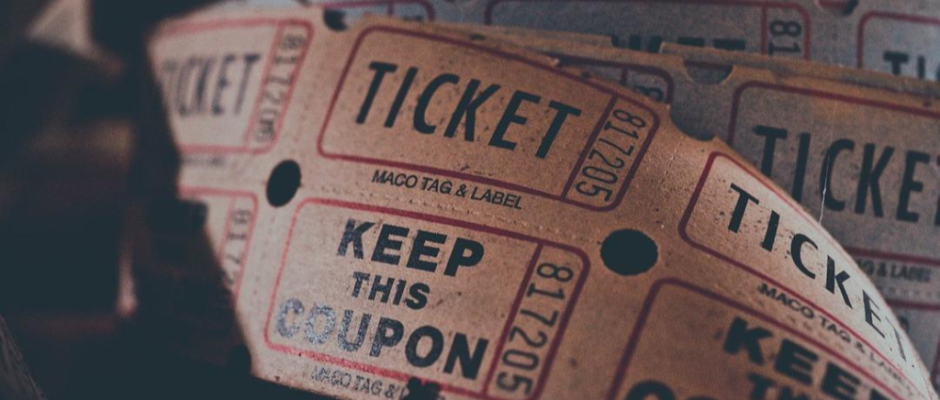Find Your Foot: A Comprehensive Guide To Choose The Perfect Floor Covering For Your Home
More than just floor covers, carpets can transform a room into a magical space, radiating elegance and warmth. With their vast array of materials, patterns, and styles, carpets are a canvas that shows your creativity, infusing your space with personality and charm. They create an inviting space that resonates with comfort and beauty, offering an easy and notable upgrade to any room. However, the most confusing part of selecting a carpet for our home is the selection process. Most of us don’t know how to choose the right rug for our home. Let’s check what the professional designers have to say about that. Rug And Carpet, What To Choose? Rugs and carpets, you might have heard about both terms. Ultimately, both are the same, but depending on the area where you use the item, you can call it a rug or carpet. Carpets are generally used in big rooms, so they come in bigger sizes and usually rectangular shapes. Rugs are small floor coverings, mainly used as floor mats and come in various shapes and textures. So, if you want to decide what to choose for your room, consider the space you dedicate to it, and then choose a rug or carpet. Carpets generally look great in any room if you want to add more depth. But in a kitchen, work area or bathroom, a rug perfectly serves the purpose, allowing you to move around and clan quickly. Durability Consider the durability of the material when you choose the floor covering. Does your room experience a lot of foot traffic? Then, you can choose a thick, durable carpet. Depending on your chosen material, carpets can make you feel more comfortable. Material Choose a suitable material for comfort. Floor coverings are available in various materials, such as polyester, tripextra, olefin, nylon, cotton, jute, and coir. Though polyester is soft and stain-resistant, it is less durable than nylon. If you want an eco-friendly addition, you can choose cotton or jute carpets, too, which come in beautiful colours and designs. The Pile And Style Consider the carpet’s weaving pattern to determine if it suits your room. Uncut piles and cut piles offer different comfort levels to your feet. There can be loops in various patterns and heights. Cut piles can be smooth, shagged or textured. Both styles give different looks to the room. Depending on the use, you can choose a soft one or a little harder one for your room. Colours To choose the right colour for the floor covering, consider the particular room’s colour palette and aesthetic appeal. Choose neutral hues or warm colours to add more beauty and a feel of comfort. However, when choosing rugs and carpets, prioritise factors like usage, ease of cleaning, etc. Ultimately, the right flooring balances functionality and comfort while enhancing the overall look and feel of the room.








